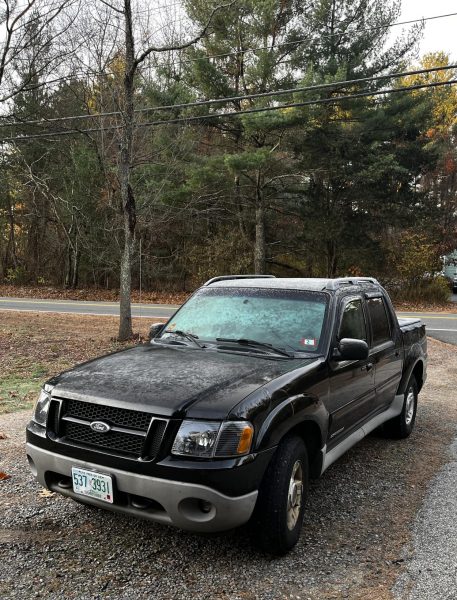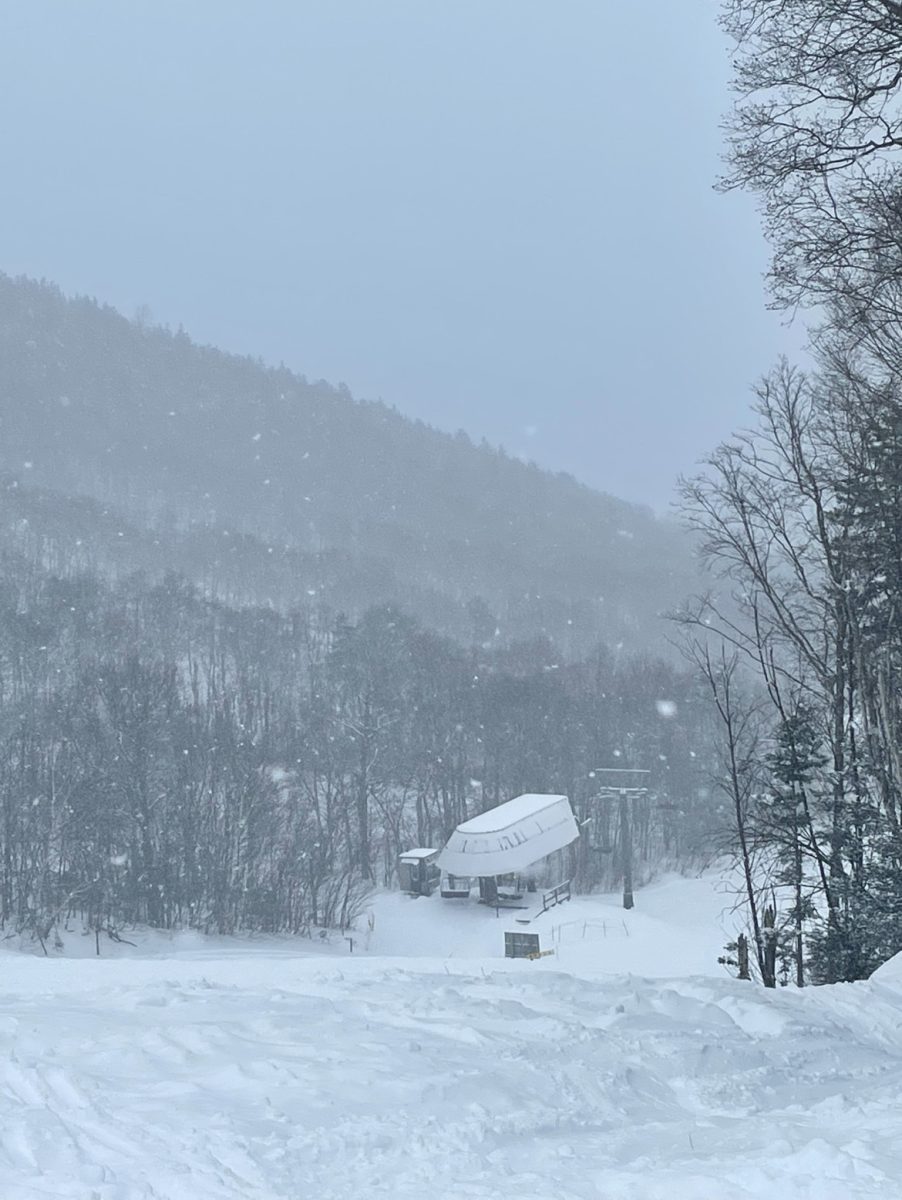Looking further into the season has been a dream of many kids wishing for snow for generations. One publication that attempts to make the dream a reality is The Farmers Almanac. Dating back to 1818, this future-seeking book uses information from the world in order to guess what the winter will look like with over a 50% success rate.
According to Almanac Editor Sandi Duncan, “We do think it’s going to be wet. In fact, we said ‘overall wet winter whirlwind’, which would be nice since it’s been kind of dry over here on the East Coast. But we do not think that the temperature is going to be that cold, so probably a lot of the precipitation is going to be more wet than white.”
However, finding out how these forecasts are predicted is dependent on the right sources. The calculations date back centuries to the founding of the publication, and with the lengthy history of the almanac, there is a lot of information to look at.
“We do have a person that actually does the weather forecast. He goes by the name of Caleb Wetherbee,” Duncan said. “He goes by that name because it’s a pseudonym. He is a real person, but we had decided to protect his identity years ago. We have never released who exactly he is, but he is a real person. I work with him, he gives me the forecast, and I make sure I get ready to print.”
Coming from the so-called Caleb Weatherbee, this winter is mathematically going to hold more precipitation than average. Unfortunately, the difference between snow and rain is not clear, and while it may mean heaps of snow, it also may mean a soaking wet and mild winter.
“I mean, overall, the forecast for your neck of the woods is moderate temps wet and white,” Duncan said. “We are thinking that it’s going to be a little bit more wet. That was based on the fact that when we put our forecast together, which was last year, because we were pressed in June, we believed that La Niña was going to be forming and still supposedly forming. It may not be as strong as they thought it was going to be months ago.”

A La Niña weather event occurs when the eastern-central surface of the pacific ocean cools. It is common for skiers to interpret the two types-El Niño and La Niña-to indicate what type of and what amount of snow they will have for the winter ahead each season.
Duncan stated that, “Based on our formula that dates back to 1818, which is a mathematical and astronomical formula as well as factoring in La Niña, we do think it would be a little bit of a wet winter, hoping that some of this is some of that wetness is going to be white, but we do say overall that the temperatures are going to be quite moderate to mild.”
Going into detail on the Almanac’s calculations is difficult. Not only is it likely an extremely complicated calculation, with many variables at play, the equation itself has been protected for the two hundred years of the publication’s existence, making replication a difficult task for those attempting to copy the famed work.
“The actual formula is a brand-protected formula, but I could tell you that it takes things like sunspot activity, time to relax to the moon, position of the planet, and then there’s a variety of other factors that, some of them date back to 1818 when the founding editor was able to associate different celestial things with different weather patterns,” Duncan said. “But, obviously, as the world and the climate continue to change, we’re trying to adjust accordingly, just to be a little bit more in tune with what the heck is going on out there, to put it mildly.”
Originating in Dublin, NH, the almanac has become more accessible to the rest of the nation as the years have gone by. The equation is used from coast to coast of the U.S. for weather predictions, and although it may be an older tradition more than an extremely exact forecast, many people believe in its integrity.
“We have to kind of summarize it on these maps, but then when you look at the forecast because we break the country into seven zones, and, of course, New Hampshire would be zone one, we do think at the end of January there is a cold spell coming in,” Duncan said. “We are predicting some snow, so that might be a good possibility for the end of this January to have some pretty good snowfall then.”
Because of the size of the country, these zones expand over multiple different climates and places where the weather may not be completely similar to other parts of the region. However, this will come with the content of the country and the time between the release of prediction and the introduction of the new season.
“But then we do break the country into seven zones. We do give a little bit more on Farmer’s Almanac. It gives some explanation of each season of what we see. And then the predictions, by zone, are based on the formula that I mentioned. It takes mathematical and astronomical [factors],” Duncan said. “Now, obviously, the zones are quite large. It is not like you are going to just be doing your ZIP code or your county in New Hampshire, so we can’t be too specific and we never said we could take the place of your local meteorologist. We just try to give people what we think is going to happen 6 months to 16 months down the road, so they can plan ahead.”
Finding an outlet to deliver these predictions accurately and reputably is difficult in today’s world of hyper-accurate weather calculations and satellites. However, because of the prestige that the almanac has built over the years, they are one of the most trusted sources for this type of information. However, being a publication comes with the necessary process of creating catchy and intriguing titles for your stories. With this season, the title they have included for their guide this season was “Wet Winter Whirlwind”. Although the words seem like simple fun, coming up with a title that revolves around an entire county’s weather system for an entire system is not as easy as it may seem.
“Like I said, we do kind of an overview of all four seasons and winter is the biggest season,” Duncan said. “So when we release the winter outlook, we do try to come up with some type of theme, or even a catchy slogan that would help, you know, catch attention. But, [the title] really revolved around the whole winter weather outlook, and last year, we really thought that the wetness would come into play, so we came up with a ‘Wet Winter Whirlwind’.”
With the winter fast approaching, the nation will soon see whether The Farmer’s Almanac has run their calculations correctly. Between the rain, snow, and temperature fluctuation that has been predicted, this season may come with unexpected outcomes. While the publication is famous for their yearly winter predictions, they are also well known for their many other sections about weather, growing seasons, and anything else that farmers and outdoor enthusiasts alike may need on their ventures. The popularity continues to grow, and the prestige along with it.
“I think because it’s been around for over 208 years,” Duncan said. “It’s been published every year since 1818, and as such, we have a reputation to bring people, you know, good advice. Obviously, the winter weather forecast or the weather forecast are what makes us so famous, but there’s also a lot of other information in the Farmers’ Almanac. I just think it’s kind of a tradition. It has been respected and well read over generations, and I think that we just try very hard to maintain that reputation and, hopefully, we will continue for another 200 years.”









